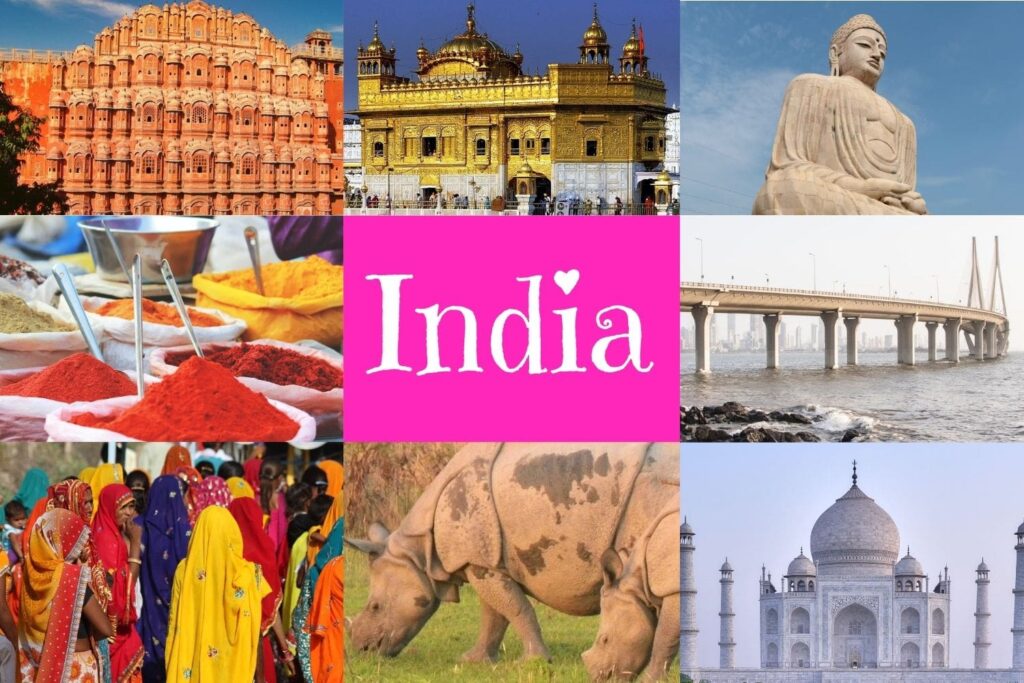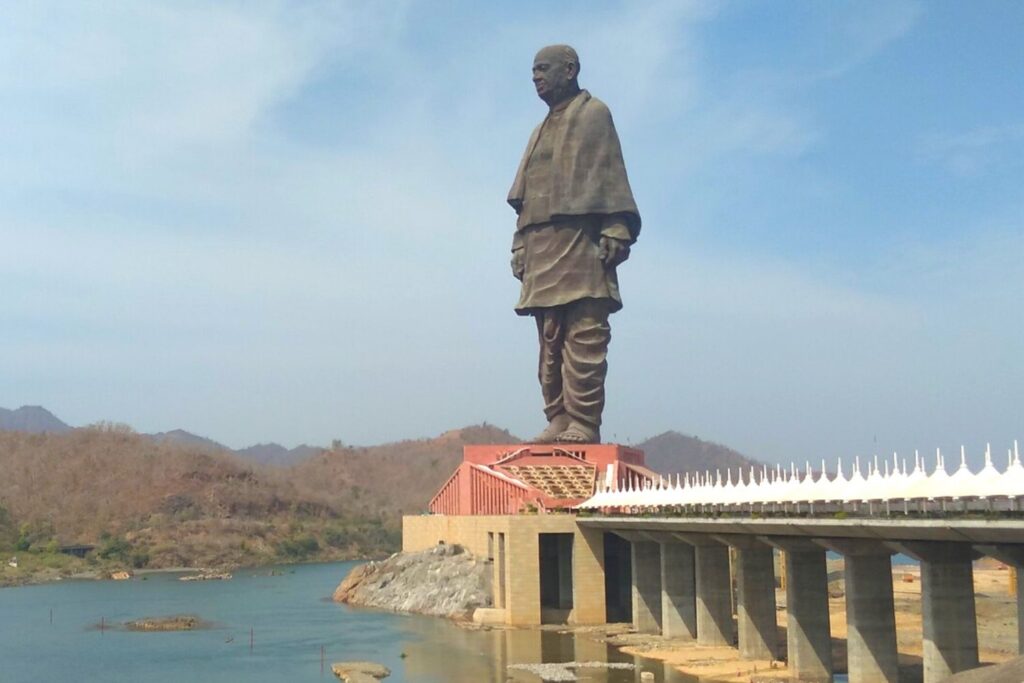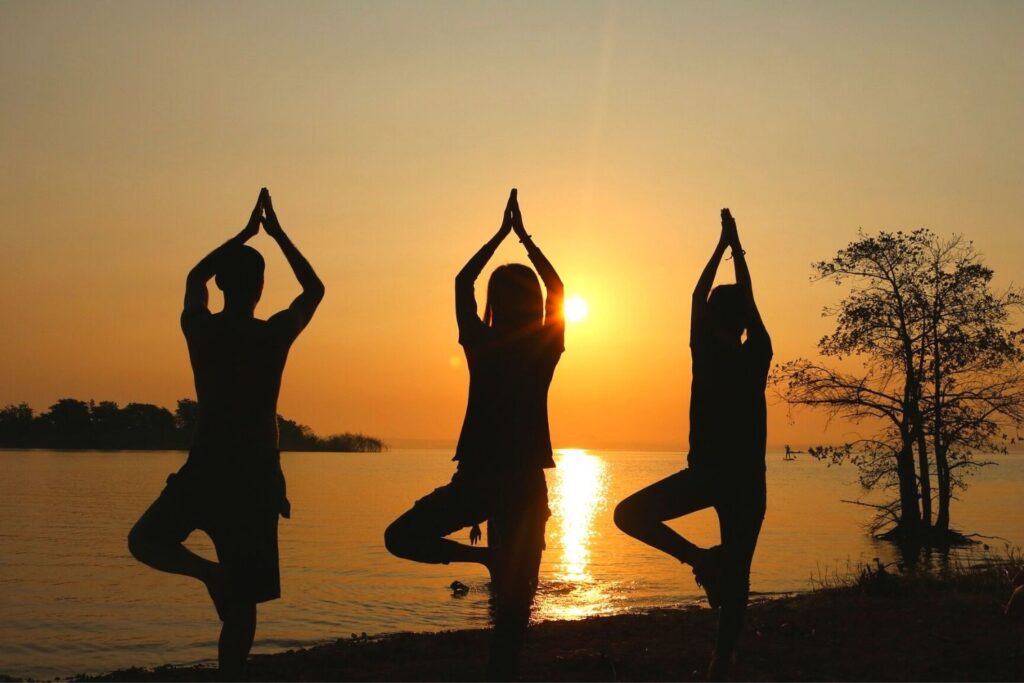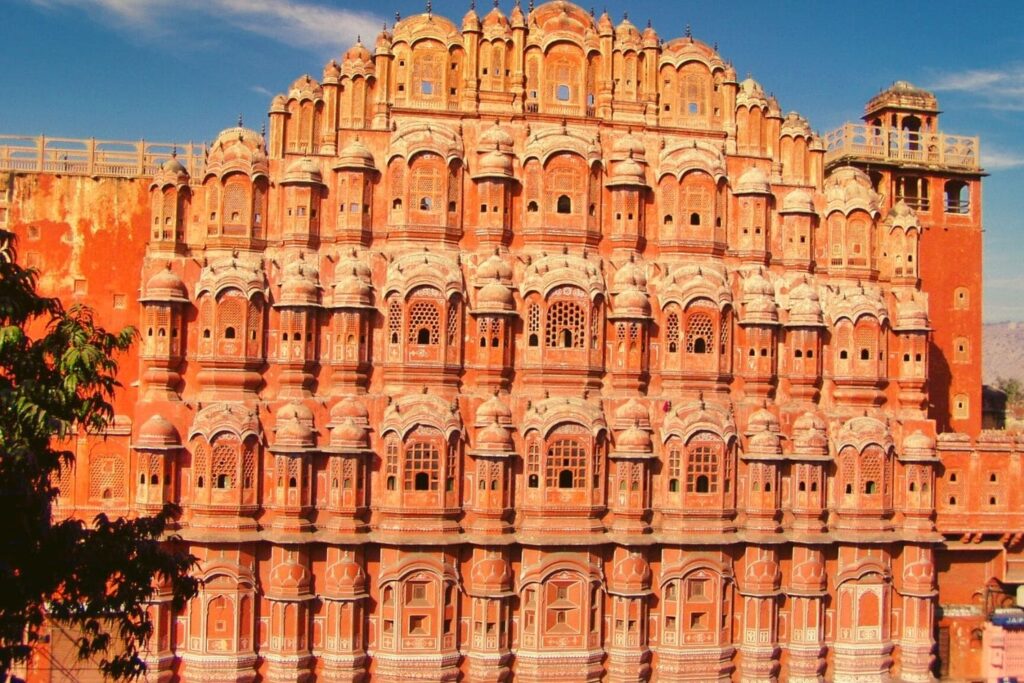India is a beautiful country
15 Amazing Things – India Is Famous For

India is often referred to as a subcontinent of Southern Asia owing to its distinct and vast landmass. Surrounded by sea on three sides, the majestic Himalayas separates it from the rest of mainland Asia. India is famous for its ancient history, varied landscapes and diverse culture. Mark Twain, a celebrated American author, once said:
“India is the cradle of the human race, the birthplace of human speech, the mother of history, the grandmother of legend and the great-grandmother of tradition.”
If you are fascinated with India and curious to know more about this country, take a look at these 31 incredible things – India is famous for.
1. LARGEST DEMOCRACY IN THE WORLD
India is the 7th largest country in the world, measuring a total area of 3.29 mn sq km. According to UN estimates, the country is home to 18 percent of the world’s population.
India is renowned as the most populous democracy in the world. The number of registered voters in the 2019 general election stood at about 911 mn.
2. HIGHEST NUMBER OF OFFICIAL LANGUAGES
India has 22 official languages. The eighth schedule of the Indian constitution lists the official languages. It originally included 14 languages.
Subsequently, Sindhi was added in 1967 by the 21st amendment. In 1992, Konkani, Meitei (Manipuri) and Nepali languages were included by the 71st amendment. Four more languages – Bodo, Dogri, Maithili and Santhali were added in 2003 by the 92nd amendment.
Here is the list of the 22 official languages of India: Assamese, Bengali, Bodo, Dogri, Gujarati, Hindi, Kannada, Kashmiri, Konkani, Maithili, Malayalam, Marathi, Meitei, Nepali, Odia, Punjabi, Sanskrit, Santhali, Sindhi, Tamil, Telugu, Urdu.
3. WORLD’S LARGEST POSTAL NETWORK
India has a postal network of 1,55,531 post offices, as per India Post’s annual report 2018-19. Over 80 percent of the branches are located in rural areas.
According to the Indian Postal Department, a post office serves an area of 21.56 sq km and a population of 7,753 people.
4. STATUE OF UNITY

India is famous for hosting the world’s tallest statue, known as the Statue of Unity. The 597 ft (182 m) high statue is the sculpture of Sardar Vallabhbhai Patel, an eminent freedom fighter and the first Home Minister of independent India.
The Statue of Unity is twice the size of New York’s Statue of Liberty. It was unveiled on October 31, 2018, to commemorate the birth anniversary of Sardar Patel.
The monument is located on a river island named Sadhu Bet in Gujarat, approximately 200 km from Ahmedabad.
5. WORLD’S HIGHEST CRICKET GROUND
Perched at an altitude of 2,444 m (8,108 ft), the Chail Cricket stadium of Himachal Pradesh is the highest cricket ground in the world.
In 1893, it was built by Maharaja Bhupinder Singh of the erstwhile princely state of Patiala State. The stadium offers breathtaking views of the surrounding Himachal Range (Lesser Himalayas).
6. INVENTION OF CHESS
The game of chess in its current form is believed to have originated from an ancient Indian Strategy Game called “Chaturanga”.
Historical evidence suggests that Chaturanga was a popular game in India during the reigns of the Gupta Empire in the 6th century. From India, the game spread to Arabia and then to various parts of Europe.
7. YOGA ORIGINATED IN INDIA

The history of Yog Sadhana dates back to the pre-Vedic period. It is believed to have originated in India about 5,000 years ago. Yoga practices are also mentioned in Vedas and Upanishads. Lord Shiva is considered the first yogi or Adiyogi in Hindu folklore.
8. THE MOST NUMBER OF TIGERS
India boasts of nearly 3,000 tigers in the wild, which is 70% of the world’s tiger population.
According to the 2018 tiger census report, the population of tigers in India has more than doubled in the last 12 years (1,411 tigers in 2006).
9. KUMBH MELA – THE BIGGEST HUMAN GATHERING
India is famous for organizing Kumbh Mela, one of the most celebrated religious congregations. Kumbh Mela is touted as the largest peaceful gathering of humanity on earth.
The Kumbh Mela 2019, held in Prayagraj (Allahabad), witnessed 220 mn visitors. On 4th February 2019, it was visited by around 50 mn people which is the highest ever human gathering at one place in a single day.
10. INDIA IS FAMOUS FOR ITS ICONIC MONUMENTS

A wealth of historic edifices in India is a testament to the rich heritage of the country. India is amongst the top 10 countries in the world in terms of the number of World Heritage Sites.
There are 38 UNESCO World Heritage Sites in India, of which 30 are cultural sites. The spectacular Taj Mahal, Qutub Minar, Konark’s Sun Temple and Jaipur’s Hawa Mahal are some of the greatly admired monuments.
11. DIAMONDS WERE FIRST MINED IN INDIA
Diamonds are one of the most precious stones known to humankind. India was the only source of diamonds to the world until Brazil discovered diamonds in the early 1700s.
The earliest known records of Indian diamonds trace back to the 4th century BC, albeit the exact year is unknown. India is famous for producing some of the most elegant diamonds including Koh-i-Noor, Daria-i-Noor and Moon of Baroda.
12. WORLD’S ONLY FLOATING POST OFFICE
The floating post office is situated on Dal Lake, one of the most scenic lakes in India. It was inaugurated in 2011 by the former Chief Minister of Jammu & Kashmir, Omar Abdullah. Intrigued by its unique location, it is frequented by locals as well as tourists.
13. ORIGIN OF AYURVEDA

One of the earliest systems of medicines, Ayurveda originated in India during the Vedic era. The hymns of Atharva Veda describe diseases and medicinal plants.
Charaka Samhita and Sushruta Samhita are some of the well-known ancient Sanskrit texts on medicine.
14. CONTRIBUTION TO THE FIELD OF MATHEMATICS
“We owe a lot to the ancient Indians, teaching us how to count. Without which most modern scientific discoveries would have been impossible.” – Albert Einstein
India has a fascinating history of mathematical inventions. The discovery of zero is attributed to Indian mathematician Brahmagupta who defined zero for the first time in 628 AD.
Brahmagupta also discovered the concept of negative numbers. They were used to represent debts.
Aryabhatta, another great mathematician from India, provided rules for using zero in the decimal system. He also defined trigonometric functions like sine and cosine.
15. BIRTHPLACE OF FOUR ANCIENT RELIGIONS
Four major religions – Hinduism, Buddhism, Jainism and Sikhism originated in India. These religions are followed by almost 25% of the world’s population.
Jainism was founded in the 6th century BC, while Buddhism was founded in the 5th century BC. The history of Sikhism traces back to the 15th century when it was founded by Guru Nanak Dev.
Comments
Post a Comment